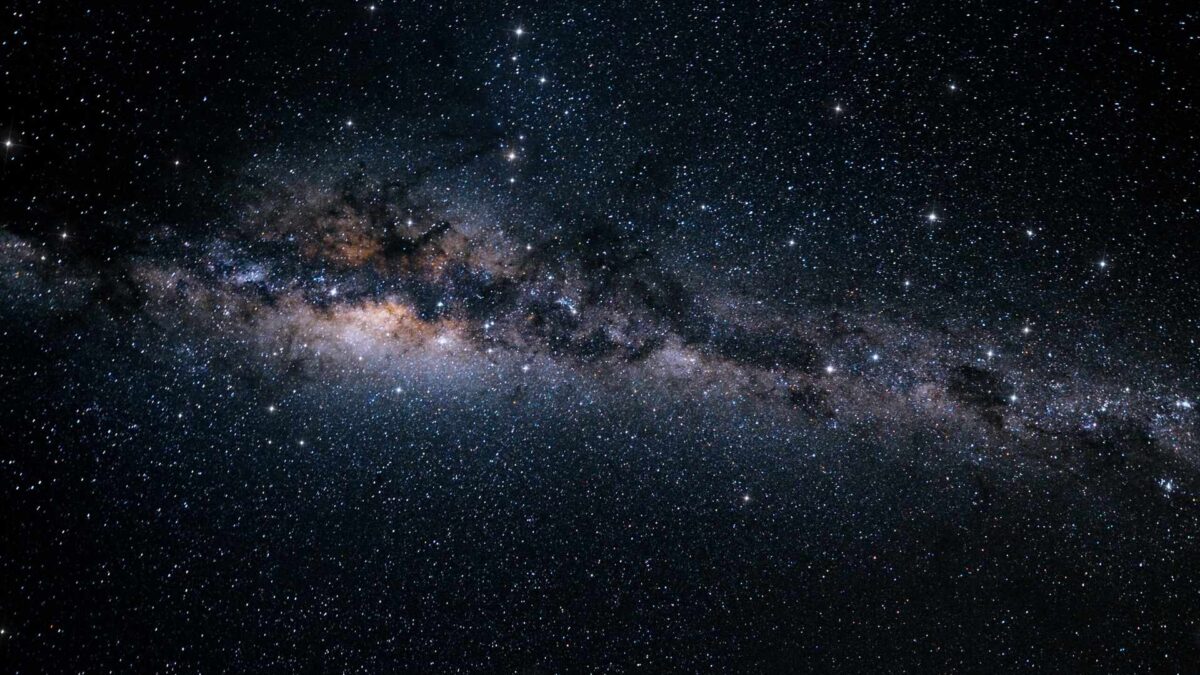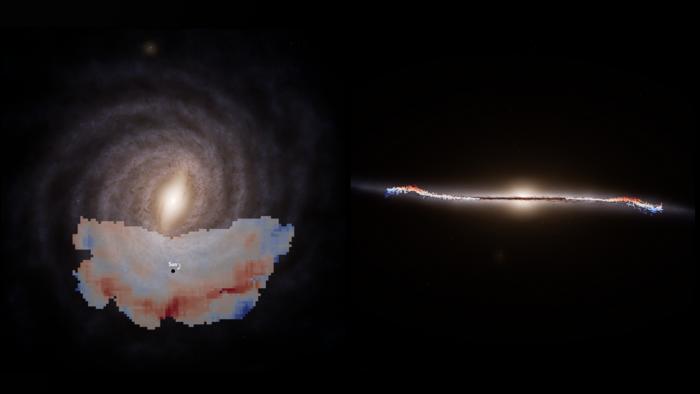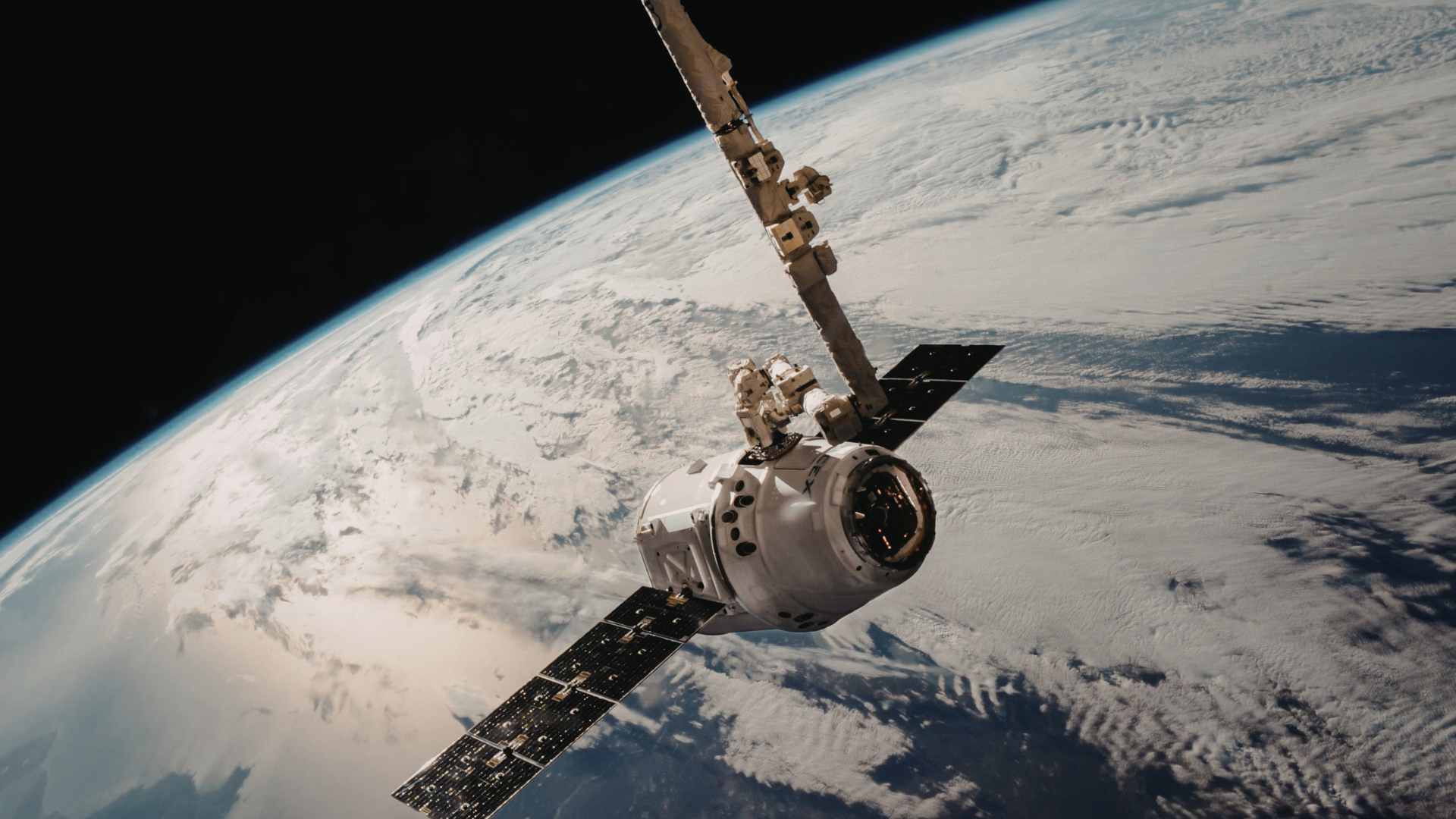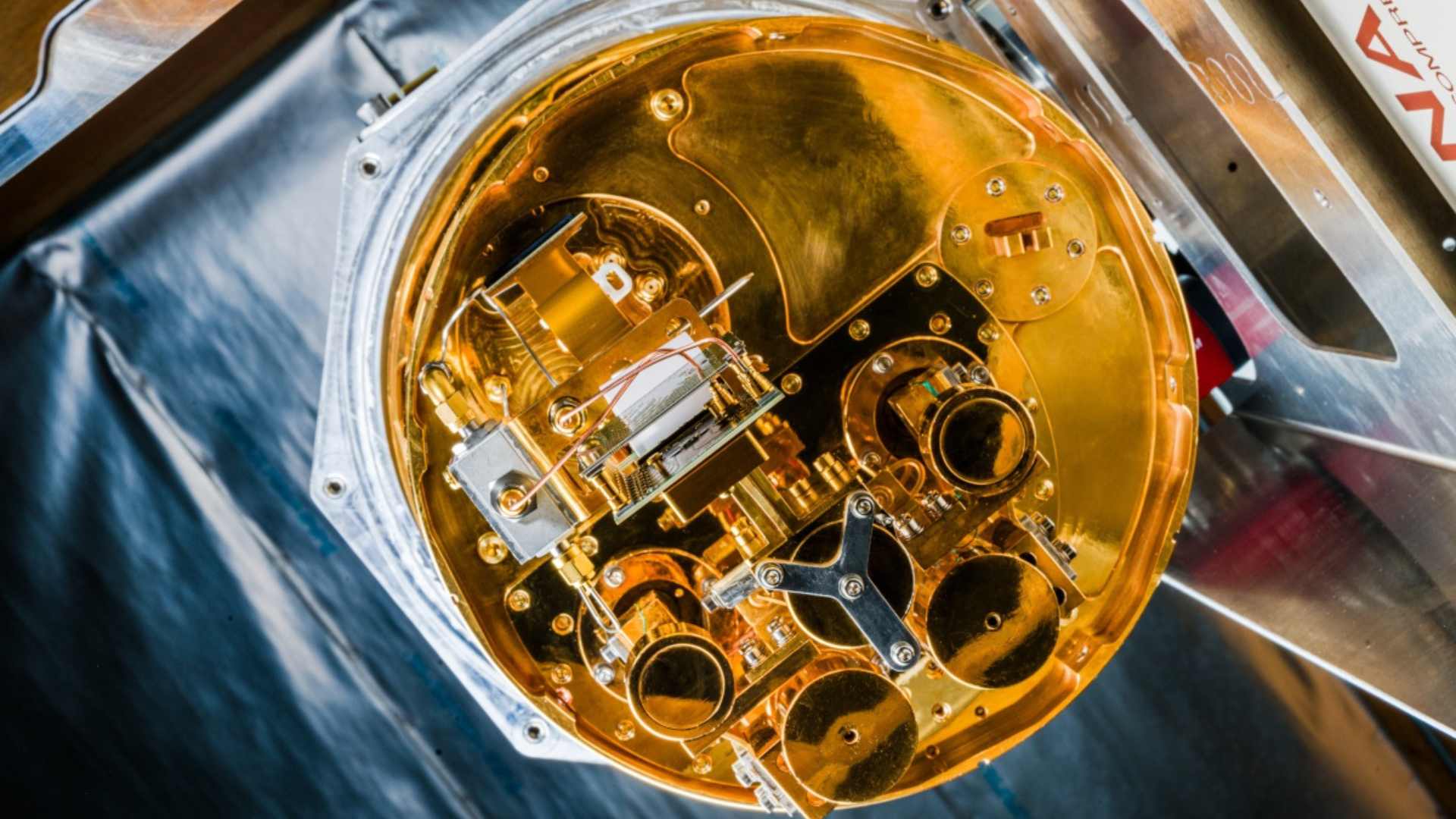
Gaia telescope reveals giant wave rippling through Milky Way

New data from the European Space Agency’s Gaia space telescope has revealed a massive wave moving through the Milky Way, affecting stars tens of thousands of light-years from the Sun.
Astronomers have long known that stars rotate around the galaxy’s centre and that the galactic disc is warped. Gaia data in 2020 also showed the disc wobbles over time, similar to the motion of a spinning top. The newly discovered wave adds another layer of motion, stretching across a large portion of the Milky Way’s outer disc.
The wave has been mapped using thousands of bright stars, including young giant stars and Cepheid variables. In the maps, regions where stars lie above the warped disc are shown in red, while stars below are shown in blue. Motions of stars within the wave reveal a pattern consistent with wave-like behaviour, slightly shifted from the positions of the stars themselves.

Eloisa Poggio, an astronomer at the Istituto Nazionale di Astrofisica in Italy who led the study, said the wave is visible both in the positions of stars and in their motions. “It is similar to a stadium wave frozen in time, with some stars rising, others at their peak, and some about to rise,” she explained.
The origin of the wave remains uncertain. It may have been triggered by a past collision with a dwarf galaxy. Scientists are also exploring potential connections with the smaller Radcliffe Wave, a filament of stars located closer to the Sun.
Johannes Sahlmann, ESA’s Gaia Project Scientist, said the upcoming fourth Gaia data release will provide even more precise measurements, allowing astronomers to map these galactic features in greater detail.
Share this WeathÉire story:







